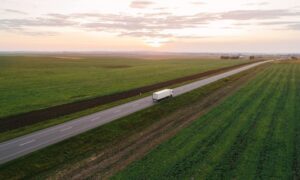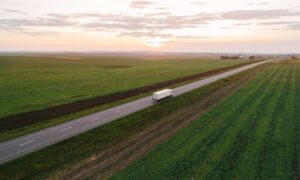Earthquake kills thousands, flattens buildings in Turkey and Syria

A 7.8 magnitude earthquake that struck in the early hours of Monday has killed more than 4300 people in southern Turkey and northern Syria, and could result in economic losses of more than $US10 billion ($14.5 billion).
The scale of devastation from the event, which was followed by another 7.5 magnitude quake, is becoming clear as drone footage is made available.
Catastrophe modeller Moody’s RMS has published an overview of the event and says about 3000 buildings have collapsed in Turkey.
“For Turkey, there has not been an earthquake of this size since Erzincan in 1939 when an Mw7.8 shake occurred at the eastern section of the east-west North Anatolian Fault,” it said.
Moody’s RMS says much of the building stock across the country comprises five-eight storey apartment buildings, “often constructed without an engineer or formal approval”.
“Consequently, these buildings are not properly designed to resist strong earthquake shaking,” it says.
“With the original earthquake striking at 4am when everyone is asleep in their apartments, this will mean very high casualties – in the many thousands, even ten thousand plus.
“After devastating tragedies such as this current earthquake, it reminds us that resilience is the main defence against such powerful seismic events.
“Implementing and enforcing strong building codes and either retrofitting existing buildings or ensuring new builds conform, is a route to lessen the impact of any future earthquake.”
The US Geological Survey (USGS) also says building resilience is an issue in Turkey.
“Overall, the population in this region resides in structures that are extremely vulnerable to earthquake shaking, though some resistant structures exist,” it says.
“The predominant vulnerable building types are unreinforced brick masonry and low-rise nonductile concrete frame with infill construction.”
A USGS graphic indicates a 34% chance of economic losses of $US1 billion to $US10 billion and a 30% chance of economic losses between $US10 billion and $US100 billion.
The impact on the (re)insurance industry has not yet been estimated, but Turkey has a government-run compulsory earthquake insurance scheme that is backed by private insurers.




